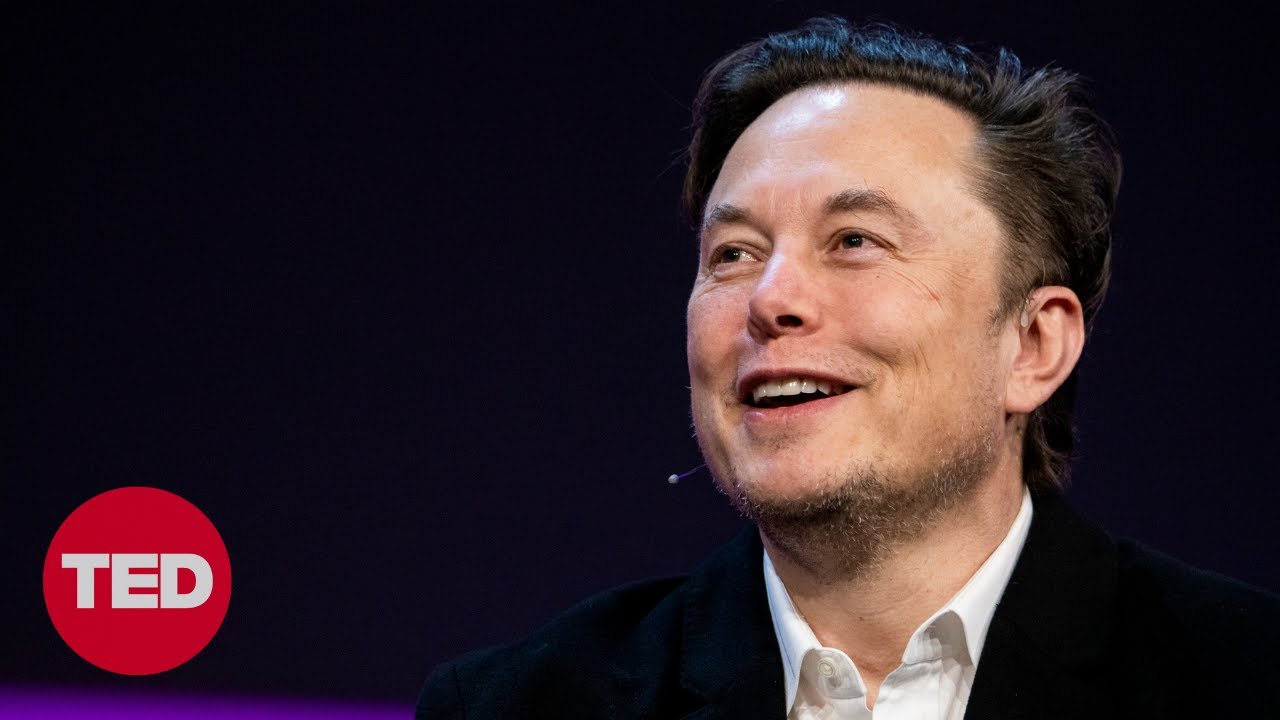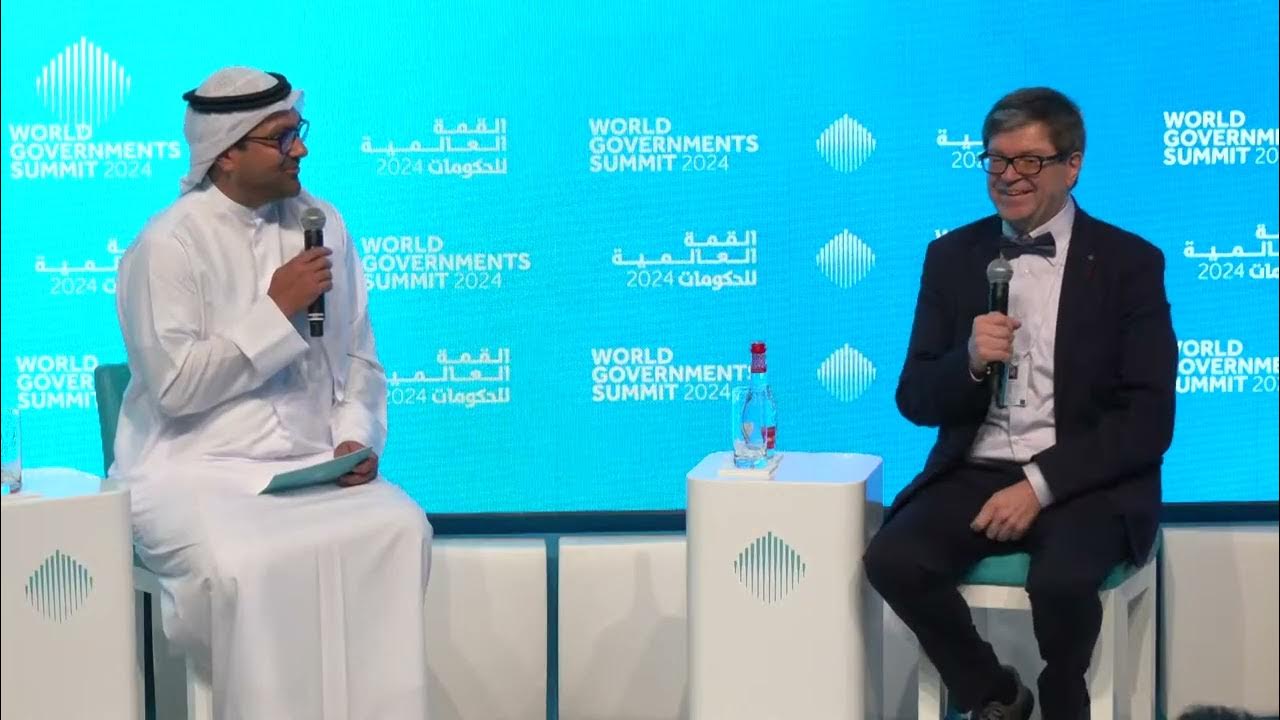“I’ve NEVER seen anything like this” - Elon Musk drops a bombshell in Interview (Feb 29, 2024)
Summary
TLDR在这段视频中,埃隆·马斯克分享了他对人工智能(AI)未来5到10年的看法,特别强调了自动驾驶技术的进步,以及其对世界的深远影响。他提到,自动驾驶技术的成功将大幅提高乘用车的使用效率,并可能使得车辆的使用时间从每周10小时增加到50-60小时。此外,马斯克还探讨了AI在其他领域的应用,包括客户服务中的聊天机器人,以及其对提高生产力的潜在影响。他还预测了AI计算能力的快速增长,以及这可能带来的挑战,如电力和变压器的需求增加。最后,马斯克提到了特斯拉即将推出的低成本自动驾驶车辆,以及新款特斯拉Roadster的性能特点。
Takeaways
- 🚗 埃隆·马斯克讨论了自动驾驶技术的发展,强调了它对于未来汽车自主性的重要性。
- 🌍 马斯克提到,尽管自动驾驶在欧洲的发展较慢,但他们正在致力于首先在美国实现这一技术,随后将其扩展到全球。
- 👁️🗨️ 描述了使用数字神经网络和摄像头来实现汽车自动驾驶的方式,这类似于人类如何通过眼睛和生物神经网络驾驶汽车。
- 🤖 讨论了人工智能(AI)在各个领域的应用,包括自动驾驶、在线互动、客户服务和物流管理,强调了AI技术的快速发展。
- 💡 强调了AI计算能力的快速增长,预测这一趋势将继续带来巨大的技术变革。
- 🔋 讨论了电动汽车和AI技术对电力和变压器需求的增加,预示了未来可能出现的能源和基础设施挑战。
- 🚀 揭示了特斯拉正在开发的Optimus人形机器人项目,该项目旨在创建能够执行几乎所有人类任务的机器人。
- 🔌 强调了建立充电基础设施的重要性,以支持电动汽车的广泛使用。
- ⚡ 提到了汽车行业朝着48伏系统迁移的趋势,以提高能效和减少铜材的使用。
- 🚗 讨论了特斯拉下一代低成本、高度自主的电动汽车的开发,预示了电动汽车市场未来的变化。
Q & A
埃隆·马斯克认为未来5到10年人工智能会如何改变世界?
-马斯克认为人工智能将极大地改变世界,特别是自动驾驶技术的发展,将使汽车完全自动化成为可能。此外,人工智能的计算能力正在以前所未有的速度增长,这将推动人工智能技术的快速进步,包括在线聊天机器人和图像识别等方面。
为什么在欧洲不太能看到特斯拉的自动驾驶技术?
-马斯克提到,特斯拉首先需要在美国使自动驾驶技术工作,之后才会增加尝试在世界其他地方推广的复杂性。
为什么自动驾驶汽车的发展如此困难?
-自动驾驶汽车的发展困难,是因为要使汽车完全自动化,需要汽车具备高度的智能,包括能够阅读所有信息并评估其他驾驶者和行人的意图。这基本上是在创建一个能够全面理解周围环境的人工智能。
自动驾驶技术如何改变汽车的使用效率?
-自动驾驶技术将大大提高汽车的使用效率,因为目前乘用车每周的平均使用时间仅为10小时,而自动驾驶技术将使汽车像出租车一样工作,可能增加到50到60小时,这意味着乘用车的使用效率可能提高五倍。
人工智能计算能力的增长速度有多快?
-人工智能的计算能力似乎每六个月就增长10倍,这是一个前所未有的增长速度。
为什么NVIDIA的市值如此之高?
-NVIDIA的市值之所以如此之高,是因为它目前拥有最好的神经网络芯片,这对于人工智能的发展至关重要。
特斯拉在人形机器人领域的计划是什么?
-特斯拉正在开发名为Optimus的人形机器人,该机器人能够执行几乎所有人类可以做的任务。
人工智能如何影响生产力?
-马斯克认为人工智能将大幅提高生产力,从手工劳动到供应链物流,以及使用先进聊天机器人进行客户服务等方面都将得到改善。
特斯拉如何解决电动汽车长途旅行的充电问题?
-特斯拉开发了全球超级充电网络,以确保人们能夫舒适地进行长途旅行,并在任何地方给他们的车充电。
特斯拉的下一代车型将重点放在哪些方面?
-特斯拉的下一代车型将是一款成本更低、非常注重自动驾驶的车型。这表明特斯拉正致力于推进自动驾驶技术,同时使电动汽车更加经济实惠。
Outlines

This section is available to paid users only. Please upgrade to access this part.
Upgrade NowMindmap

This section is available to paid users only. Please upgrade to access this part.
Upgrade NowKeywords

This section is available to paid users only. Please upgrade to access this part.
Upgrade NowHighlights

This section is available to paid users only. Please upgrade to access this part.
Upgrade NowTranscripts

This section is available to paid users only. Please upgrade to access this part.
Upgrade NowBrowse More Related Video

Elon Musk talks Twitter, Tesla and how his brain works — live at TED2022

Elon Musk on how to build the future interview with Sam Altman

《與楊立昆的對話:人工智能是生命線還是地雷?》- World Governments Summit

馬斯克、黃仁勳同台對話:AI與太空的未來|Musk And Jensen Huang: The Future Of AI And Space

Highly Recommended Books By Elon Musk

Possible End of Humanity from AI? Geoffrey Hinton at MIT Technology Review's EmTech Digital
5.0 / 5 (0 votes)
